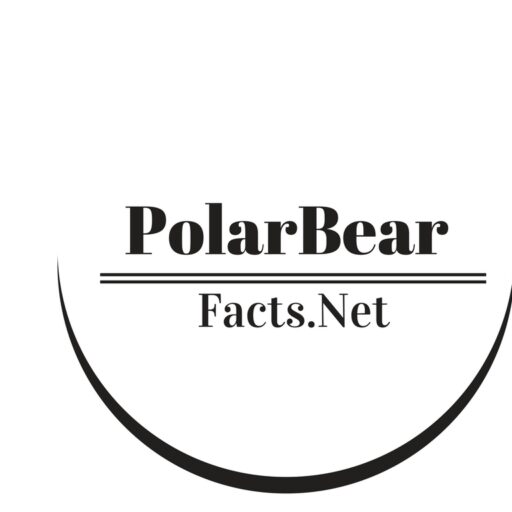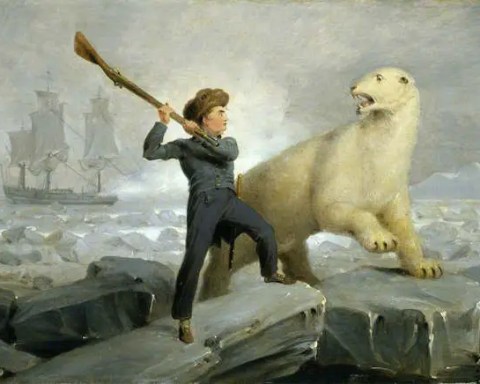Polar bears have long been the victims of human hunting. Humans hunt bears for several purposes such as sports, trading in skin,
MorePolar bears (Ursus maritimus) are as deadly and powerful as they probably look! But their looks can only tell us about their
MoreThe significant part of the polar bear’s digestive system is its stomach which is not only hollow but also muscular—capable of holding
MoreThe early winter in the Arctic is thought to be the ideal denning season for polar bears. Pregnant females excavate dens in
MoreAristotle was the first person to divide the entire living things into plants and animals. Centuries later Carl Linnaeus, a Swedish biologist,
MorePolar bear (Ursus maritimus) and Kodiak bear (Ursus arctos middendorffi) are two different species not only in their diet, habitat, and distribution
MoreThe Greenland shark is one of the largest shark species reaching a length of about 21 to 24 feet and weighs up
MoreDo you have any idea where do polar bears and penguins live? No! Polar bears and penguins live in absolutely different locations. Polar
MoreNo, polar bears are not endangered they are listed as Vulnerable species by the International Union for the Conservation of Nature Red
More


